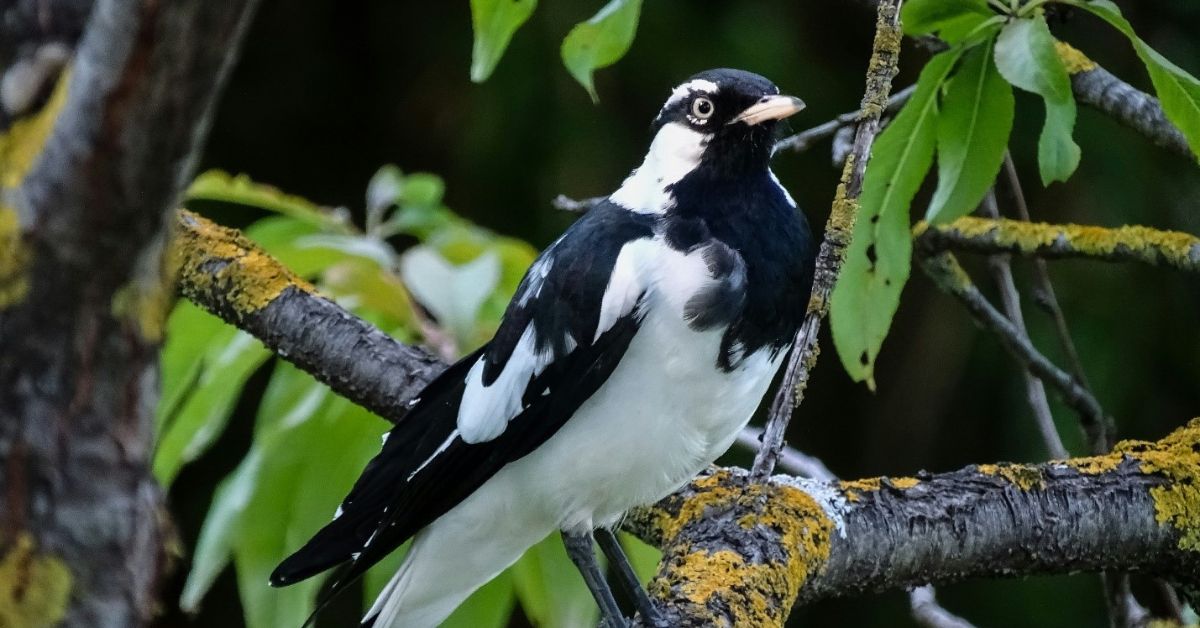Morgpie height – Welcome to the enchanting world of magpies, where intelligence meets beauty in a symphony of black and white feathers. These charismatic birds have captured the curiosity of bird enthusiasts and casual observers alike with their striking appearance and captivating behaviors. In this comprehensive guide, we will delve into the fascinating realm of magpies, focusing on a particular aspect that often goes unnoticed – their height. Join us as we unravel the mysteries surrounding the majestic magpie’s vertical dimensions and uncover what makes these creatures truly stand out in more ways than one!
The Different Species of Magpies
Let’s dive into the fascinating world of Magpies and explore the diverse species that exist within this intriguing bird family. From the iconic Eurasian Magpie with its striking black and white plumage to the vibrant Australian Magpie known for its melodious song, each species brings its own unique charm to the avian kingdom.
In North America, you’ll find the Black-billed Magpie flaunting its iridescent blue-black feathers and raucous calls, while in Asia, the Yellow-billed Magpie stands out with its golden beak and sleek appearance. The Azure-winged Magpie from Europe adds a splash of color with its azure-blue wings contrasting against a black body.
With over 20 different species spread across various continents, Magpies showcase remarkable diversity in both appearance and behavior. Whether scavenging for food or engaging in complex social interactions, these intelligent birds continue to capture our curiosity and admiration.
Physical Characteristics and Habits of the Magpie Bird
The Magpie bird is known for its striking black and white plumage, which varies slightly depending on the species. These birds are intelligent creatures with a distinct long tail and sturdy beak that they use for various activities like foraging for food or building nests.
Magpies are highly social animals, often seen in groups called “tidings.” They have complex communication systems involving vocalizations and body language to interact with one another effectively. Their loud calls and chattering can be heard echoing through woodlands where they reside.
These birds are omnivorous, feeding on a diverse diet of insects, fruits, seeds, and even small mammals or reptiles. Their scavenging nature sometimes leads them to urban areas in search of food scraps left by humans.
Magpies are also known for their curious behavior, often collecting shiny objects like coins or pieces of jewelry to decorate their nests. This habit has garnered both fascination and frustration from observers alike as they marvel at the bird’s ingenuity.
The physical characteristics and habits of the Magpie make it a truly fascinating creature worth observing in the wild.
The Height of a Magpie: Factors that Affect It
The height of a magpie can vary depending on several factors that influence its growth and development. One significant factor is genetics, as different species of magpies may have varying heights due to their genetic makeup. Environmental conditions also play a role in determining the height of a magpie, with access to food sources impacting their overall health and size.
Additionally, age plays a crucial role in the height of a magpie, as younger birds will naturally be smaller than older ones. Nutritional intake during the early stages of life can significantly impact how tall a magpie grows to be. Habitat quality and availability of resources such as nesting materials and suitable perches can also affect their growth potential.
Understanding these various factors that influence the height of a magpie provides valuable insight into the complex dynamics at play in the natural world.
How to Measure the Height of a Magpie
To measure the height of a Magpie, you’ll need to use some clever techniques. First, find a flat surface where the bird is standing upright. Then, using a measuring tape or ruler, carefully determine the distance from its feet to the top of its head. Make sure to account for any feathers that may give the illusion of added height.
If you’re observing multiple Magpies together, try to gauge their heights in comparison to one another. This can provide valuable insights into variations within the species. Another method is to estimate their height in relation to objects nearby – like branches or fences – for a rough measurement.
Keep in mind that factors such as posture and environmental conditions can influence how tall a Magpie appears at any given moment. By taking these considerations into account, you’ll be better equipped to accurately assess their impressive stature in the wild!
Interesting Facts about Magpies and Their Height
Magpies are known for their intelligence and curiosity. Did you know they have been observed using tools like sticks to extract insects from crevices? Their impressive problem-solving skills make them one of the most fascinating bird species.
In addition to their cleverness, magpies are also highly social creatures. They form strong family bonds and communicate through a complex system of calls and vocalizations. It’s truly remarkable how they can coordinate with each other during activities like foraging or defending their territory.
When it comes to their height, magpies vary depending on the species. The Eurasian Magpie, for example, can reach up to 17-21 inches in length, while the Australian Magpie stands around 15-18 inches tall. These differences in size reflect the diverse habitats these birds inhabit across the globe.
Despite some misconceptions about magpies being solely scavengers, they actually have a diverse diet that includes fruits, seeds, insects, small animals, and even scraps of human food. This adaptability has helped them thrive in various environments and establish themselves as resilient urban dwellers.
Exploring the unique characteristics of magpies reveals just how extraordinary these birds are in terms of both behavior and physical attributes.
Why Understanding the Height of a Magpie is Important
Understanding the height of a magpie is important for various reasons. It provides insight into their physical abilities and adaptations in different environments. By knowing their height, researchers can better understand how magpies interact with their surroundings, including nesting behavior and foraging habits.
Height also plays a role in predator-prey dynamics. A magpie’s ability to fly at certain altitudes can impact its chances of evading predators or catching prey. Additionally, understanding the height at which magpies build their nests can help in conservation efforts by identifying potential threats or disturbances to their breeding habitats.
Moreover, studying the height of magpies contributes to overall bird ecology knowledge. It allows scientists to compare characteristics across species and observe patterns related to body size and environmental factors. Gaining insights into the height variations among magpies enhances our appreciation for these intelligent birds and aids in wildlife management practices.
Conclusion
Understanding the height of a magpie is not just about numbers; it’s about appreciating these remarkable birds in their natural habitat. From their physical characteristics to their habits, magpies are truly fascinating creatures that deserve our attention and respect.
By learning more about the factors that affect a magpie’s height and how to measure it accurately, we gain a deeper understanding of these intelligent birds. Whether you’re an avid birdwatcher or simply curious about nature, exploring the world of magpies can be both educational and enriching.
So next time you spot a magpie perched high up in a tree or swooping gracefully through the sky, take a moment to appreciate its height and grace. These birds may be small in stature, but they hold a special place in the ecosystem and our hearts. Happy bird watching!










